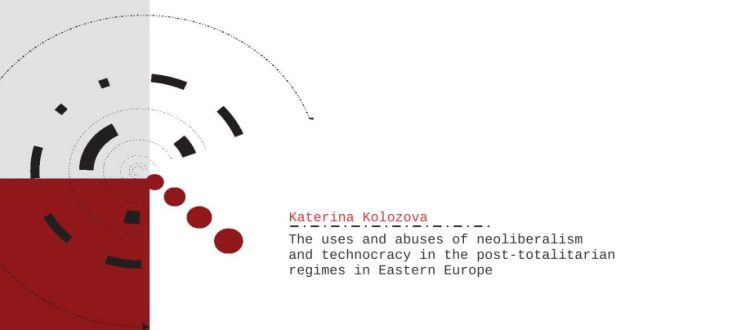The uses and abuses of neoliberalism and technocracy in the post-totalitarian regimes in Eastern Europe
Katerina Kolozova
The uses and abuses of neoliberalism and technocracy in the post-totalitarian regimes in Eastern Europe
Excerpt from the study. (Full study attached below)
“Confessions” are as much a specialty of Bolshevik propaganda as the curious pedantry of legalizing crimes by retrospective and retroactive legislation was a specialty of Nazi propaganda. The aim in both cases is consistency.” (Hannah Arendt, The Origins of Totalitarianism)
“Hybrid regimes” and the magic trick of patriarchal rhetoric
In the past decade, the so-called “hybrid regimes” (or authoritarian regimes behind the façade of democracy) have been emerging in the countries of the former Eastern Bloc, under the guise of what seems to be a contemporaryEuropean democracy, and not only among the aspiring EU countries but also in those that are already part of the Union such as Hungary and the Czech Republic. Their hybridity consists in what is supposed to be “unnatural” unity of the political model of liberal democracy, free market economy and a totalitarian state control. Contemporary Hungary and Russia represent the paradigmatic model of “Eastern European hybrid regimes” as just defined. Typical of the state model at issue is the centrality of the role of a strong leader, such as Victor Órbanin Hungary or Vladimir Putin in Russia. As a rule, it is an authoritarian figure enacting the essentially patriarchal role of pater familias whereby the nation is treated as a community of genetic kinship, a “family” (ethnos as genos) rather than a nation (or demos). The definition of a nation as a genetically relatively pure ethnos is an inherent characteristic of the “hybrid regimes” of the states that were created on the ruins of former Yugoslavia. It is also the characteristic of Russia under Putin’s rule.

